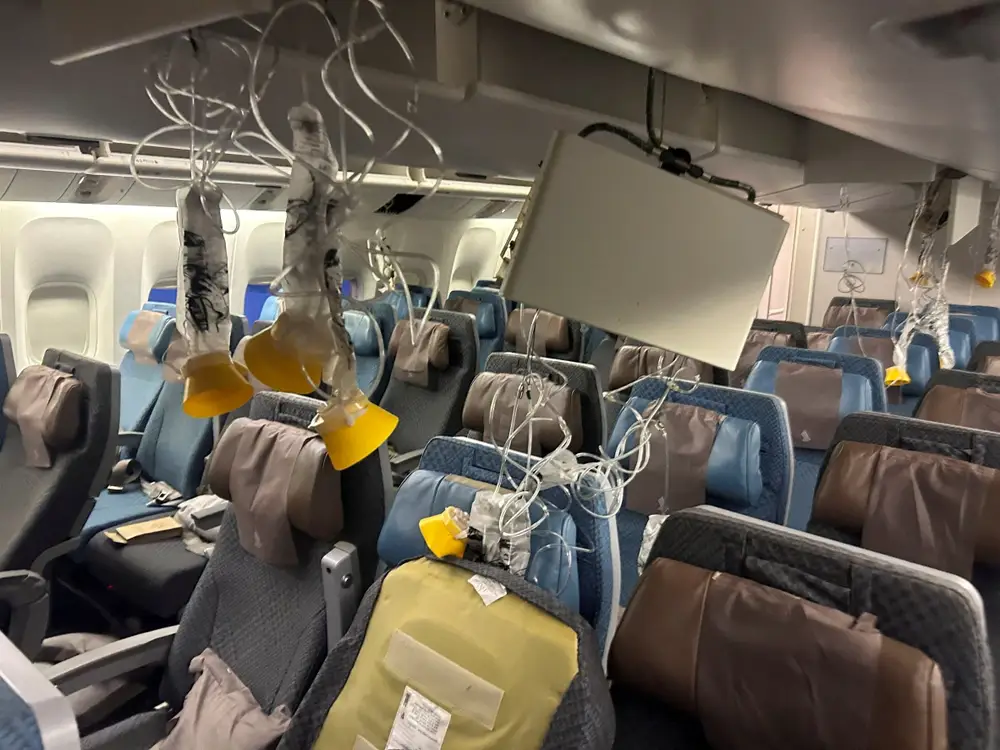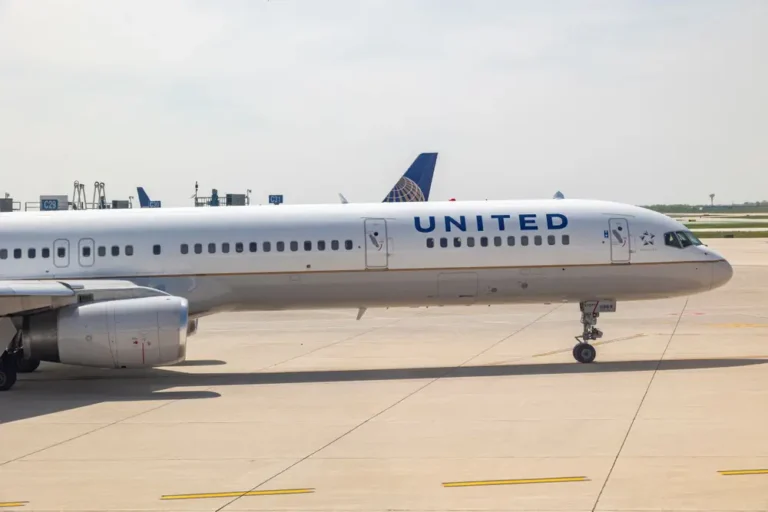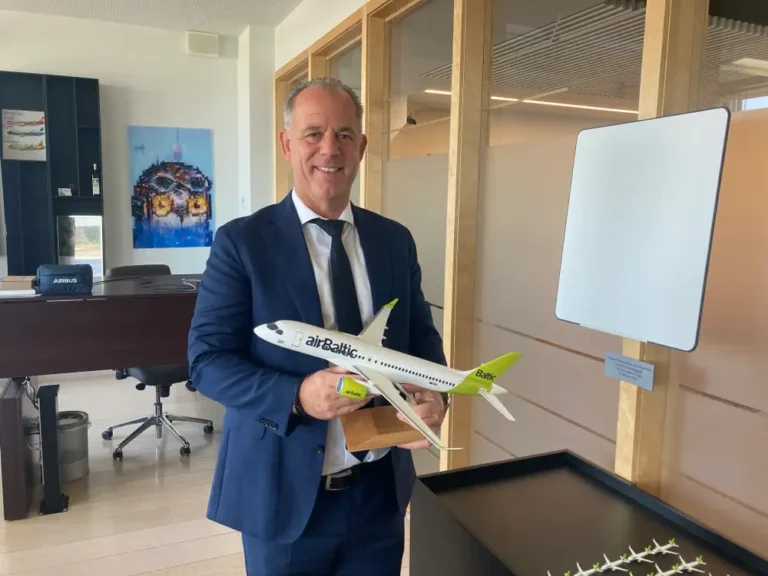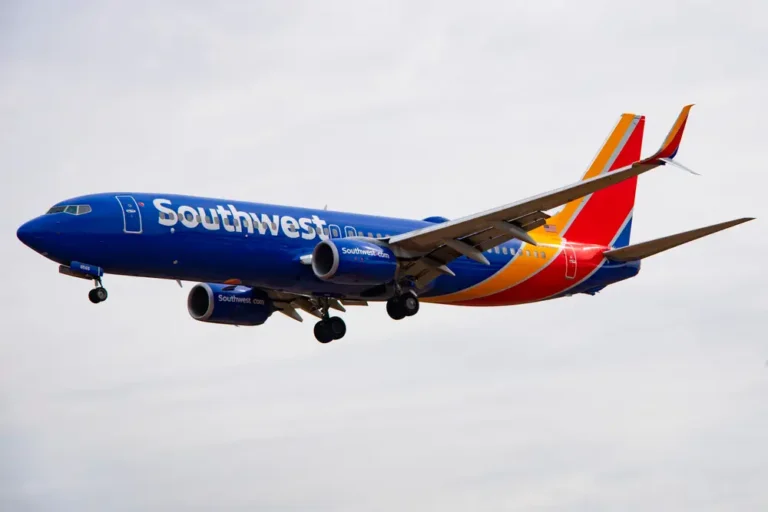Turbulence is getting more frequent and more severe. An aviation and climate expert explains why.

One passenger died and dozens were injured on Singapore Airlines Flight 321.
Since a 73-year-old British man died on board a Singapore Airlines flight in May, turbulence has been examined more closely.
Another 71 people were sent to hospital after the Boeing 777 diverted to Bangkok. Singaporean officials said the plane dropped 178 feet in four seconds. Passengers hit the ceiling, and a crew member was burned by boiling water.
Two weeks later, at an industry conference, Emirates’ president said the incident would likely lead to stricter seatbelt rules.
Incidents resulting in serious injuries are still extremely rare, but overall, turbulence appears to be getting more common.
A bout of “severe” turbulence on a Korean Air flight in August left 14 people injured, shortly after the company announced it would stop serving instant noodles to try and prevent burn accidents due to turbulence.
In May, a flight attendant on a Turkish Airlines flight broke her back after the plane suddenly dropped in midair — the third incident in a week involving injuries on a major airline due to turbulence.
On the one hand, the media has covered more incidents in the wake of the Singapore Airlines flight. But they are also becoming more frequent due to the climate crisis — especially over the Atlantic Ocean.
That’s according to Guy Gratton, an associate professor of aviation and the environment at Cranfield University, who spoke to B-17 over video call.
What is clear air turbulence?
“We all know that there is wind, and we all know that the wind is not even. It’s not all going in the same direction at the same speed, at the same time,” Gratton said.
“So when you get a difference between airflow, you get friction between the air molecules,” he said. “That friction creates a more complex flow, where air is flowing in apparently random directions — up, down, left, right, et cetera — and changing speed. “
“That is turbulence, and it’s there all the time,” he added.
If a plane flies through turbulence, it tries to align itself with the changing airflow, so its motion becomes erratic.
“It’s essentially like taking a box with something in it and starting to shake the box up and down,” Gratton said. “And clearly, if you’re the person who’s inside the box, then you get thrown around inside the box, and that’s where injuries happen.”
“Passengers are told to keep their seatbelts done up because if you’re tied to the box, you’re much less likely to get injured,” he added.
At altitude, there are two main types of turbulence. One is caused by convective currents and is associated with thunderstorms. The other is clear air turbulence, which was involved in the Singapore Airlines incident.
As the name implies, clear air turbulence is hard to anticipate since it isn’t associated with clouds. It’s typically found at the edges of jet streams — rivers of fast-flowing air. Earth has four main ones, two near the poles and two near the equator. The difference in wind speed between these jet streams and the air around them creates clear air turbulence.
Why the climate crisis causes more turbulence
In a 2023 study, researchers at the University of Reading found that turbulence was getting more common over the North Atlantic. It said that over a typical point, the most severe type of clear air turbulence increased by 55% between 1979 and 2020.
This is linked to the north polar jet stream. Its tailwinds are why flying from the US to Europe is faster than flying from Europe to the US.
Gratton explained how the warming atmosphere speeds up the jet streams — causing more severe turbulence.
It’s linked to the relationship between two layers of the Earth’s atmosphere. The lowest one is the troposphere, where the temperature cools as you get higher. Above that is the stratosphere, where the temperature is constant.
“What’s happening with climate change is the troposphere is getting warmer, the lower stratosphere is actually getting slightly colder.”
The increasing difference in energy between the two layers means more energy goes into the jet stream, Gratton said.
It also enlarges Rossby waves, which are meanders found in the jet stream.
“So if you’re trying to fly across the Atlantic, you’ve now got bigger waves in the jet stream, and you’ve also got more energy in the jet stream,” Gratton said. “So that is creating more friction, which is creating more turbulence.”
“Therefore crossing the Atlantic, climate change is making encounters with clear air turbulence more likely and more severe,” he added.






